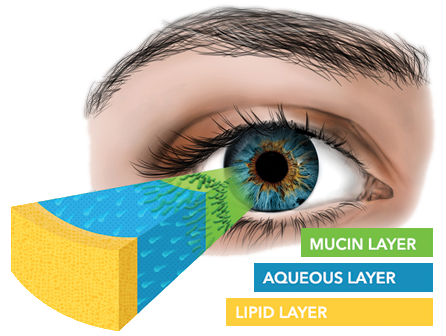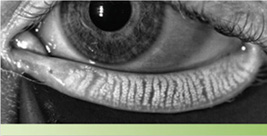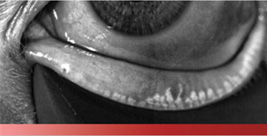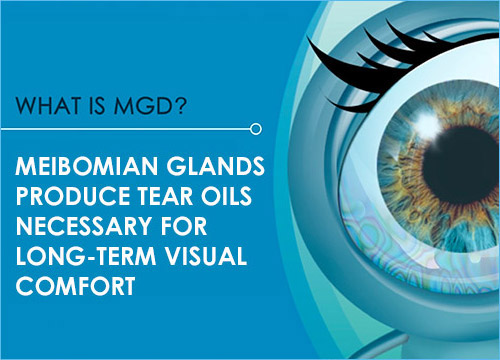Over the last several years, researchers have learned significantly more about dry eyes. Gone are the days where we are restricted to artifical tear drops to sooth symptoms of dryness. What we know is that the old name "dry eye syndrome" is a vague explanation of symptoms for a more rooted problem. The new approach is to first identify the source and individualize a treatment based on that.

Our tear film is made up of three main components which interact like layers of an onion: mucin, water, and oil. The inner most layer is made of mucin, which adheres the tears to the eye like puddy. Just outside of that is the aqueous, or water, component that lubricates the surface of the eye. Lastly, and arguably the most important component, is oil. Oil, or lipids, act like the shield that sits on the outer most layer of the tearfilm. For better visualization think about oil floating on top of a body of water. This oil provides a nice smooth surface for clear vision and protects the underlying aqueous layer from air. Without a structurally sound lipid layer the water layer will quickly evaporate, directly exposing the eye to wind and irritating air particles.


What we have learned is that this vital oil is actually produced from glands within the eyelids, called meibomian glands. These are modified versions of the same glands that produce oil on your skin. These meibomian glands are prone to clogging and obstruction. When these glands are not producing oil as they are intended to it is called Meibomian Gland Dysfuntion (MGD). MGD is the leading cause of dry eyes and is found in about 85% of patients with dry eye symptoms. MGD is a chronic, progressive condition that without intervention may continue to worsen until the glands become completely unfunctional.
Once lost, these glands are very difficult to revive. We use heat therapy in the form of warm compresses to melt the stagnant oil so that it may flow more freely. Additionally, we emphasize the importance of complete blinks which promote the release of oils from the glands onto the surface of the eye. For symptomatic relief artificial tears containing lipids are recommended as needed; although, it is important to know these will not help to improve gland function. Omega-3 fatty acid supplements have been shown to reduce ocular surface inflammation which drives this chronic condition. Antibacterial lid wipes and hypochlorus acid sprays work to eliminated any over population of unwanted microbes on the eyelids and clean the gland surfaces. While these therapys help the glands function and may provide short-term relief of symptoms, they do not clear deep obstructions which leave the glands unfunctional.
A new treatment, called the Lipiflow system, uses heat and pressure to clear blocked meibomian glands by applying heat directly to the glands on the inner eyelid surface. Heat rapidly and efficiently raises gland contents, liquifying any blockages making it easier to remove from the gland. Gentle pressure is applied to the outside of the lid from the base of the gland to the gland opening removing blockages and flushing dead cells from the gland. During this process stagnant gland tissue may be removed from the glands. Maintaining normal meibomian gland health and function is critical to the long-term maintenance of ocular surface health and good vision. The Lipiflow treatment is an in office procedure lasting about 12 minutes per eye. This deep cleaning is repeated in most cases every one to three years. We are pleased to offer this treatment option at Koetting Eye Center. Please ask one of our doctors how the Lipiflow system can help you.
Click here for a link to recent news story about the benefits of the Lipiflow.



